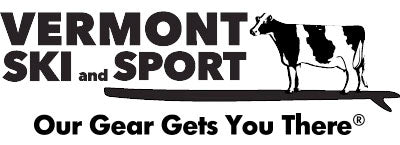EMAIL US

Quick Tip: How Do I Pick My Ski Width?
With so many different options, choosing the right ski width can be daunting but it doesn’t have to be. The right width depends on a number of factors including where you’ll be skiing, what conditions and terrain you plan to ski, and a number of other factors including whether or not you’ll purchase a multi-ski quiver. The best option is to ask an expert that can quickly help narrow it down, but here are some tips so you know what you’re getting into.
WHERE
Where you’ll be skiing is a major consideration for ski width. Are you exclusively skiing east coast? Then the standard is around 85mm. Once you head out west to Colorado, Utah, or further, the average goes up to 99mm! This is because these areas see a lot more deep snow in a normal season, where as east coast skiers typically ski more groomed runs and a few smaller storms. The general consensus is that a wider ski performs better in deeper snow, so considering the standard snowfall for your region is important.
WHAT
Consider the primary conditions and terrain you plan to ski. Groomers, carving, packed powder, and on-piste skiing are usually best staying below 90mm for maximum control and efficiency. Skiers that will ski more big mountain and powder will want a ski more in the high 90s or even 100+. A wider ski will float more on the top of the snow, where a narrower ski will push through deeper snow from below the surface. Here is a rough guide but consider there are always ifs, ands, or buts.
Racing/Carving: <75mm
All Mountain/Carving: 75mm-85mm
All Mountain/Exploring: 80mm-99mm
Park/Freestyle: 80mm-99mm
Occasional Powder: 90mm-105mm
Powder and Big Mountain: 95mm-115mm
HOW MANY PAIRS
Many skiers choose to have multiple pairs of skis for different conditions. This can include a pair of narrower (<90mm) skis for groomer days, carving, and on-piste skiing, as well as a wider pair of skis for deeper snow and off-piste skiing. This can be especially beneficial for skiers who take ski trips to areas with more snow than their home resort.
ROCKER
A bonus consideration is a skis rocker profile. Rocker is when the tip of a ski rises earlier, offering more clearance between the tips and the ground. This allows a skier to maintain shins forward, athletic stance even when skiing deeper snow or thick, springy, mashed potatoes. Rocker can also aid turn initiation and transition on groomed runs and when carving. The ideal profile for most skiers is a rockered tip (and tail for twin tips) and regular camber under foot. This keeps the traditional flex pattern under foot which is absolutely crucial for performance and control on ice, groomed runs, and in packed powder.


Leave a comment